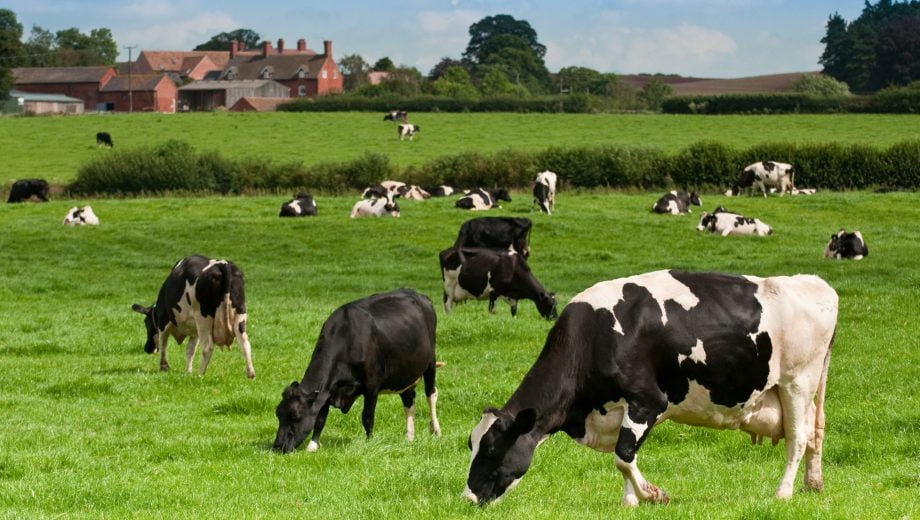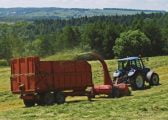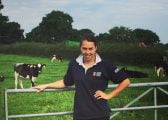Spring turnout!

Spring turnout is nearing and being able to maximise the utilization of high-quality home-grown forage is key for many dairy farms. However, caution must be applied when introducing any major change to a cow’s diet. Grazed grass should be introduced gradually over a period of 3 weeks starting at approximately 4-5 kg DM intake per head per day. Grazing for 3-4 hours following morning milking, in suitable fields and when weather allows, will enable the rumen microflora to adjust to the new diet preventing adverse effects on health, fertility and production.
The nutrient analysis of grazed grass can vary significantly, making dry matter (DM) intakes and ration balancing difficult.
Leafy Spring pasture typically has protein levels of approximately 25%, with a high proportion being rumen degradable protein (RDP). Excess RDP not utilized by rumen microbes will be broken down to ammonia absorbed across the rumen wall into the blood stream and converted to urea in the liver. This process has an energy expense to the cow, increases levels of nitrogen excretion (milk, urine and faeces) and reduces feed efficiency.
Spring swards also typically have a high proportion of leaf to stem meaning low fibre levels; coupled with high sugar levels on warm, sunny days. This can result in a challenge for rumen function potentially leading to sub-acute rumen acidosis (SARA).
Sugars are rapidly fermented by the rumen, increasing the production of volatile fatty acids and lowering pH below the optimum (< pH 5.8). The lack of effective fibre or low NDF values (<40.0%) reduces the ‘scratch effect’, the process by which rumination and thus saliva production is triggered. When combined with feeding high starch compounds in the parlour rumen pH can be lowered further.
Low rumen pH is considered sub-optimal for efficient fibre digestion, having an effect on milk yield, butterfats and weight loss (particularly if in early lactation). Monitoring rumen fill, rumination rates (>65% lying down and cudding at any one time), dung consistency and any change in milk quality (a drop of 0.3% or more in milk solids) can help to identify a potential sub-acute rumen acidosis (SARA) issue.
HJ Lea Oakes Actigraze 15 is an ideal concentrate to feed alongside grazed grass:
- High inclusion of ActiSaf live yeast helps the rumen microflora to adapt to a change in diet. Proven to have a buffering effect, promote butterfat production, reduce weight loss and aid fertility.
- Formulated to supply good levels of DUP (by-pass protein) and essential amino acids for improved feed efficiency using Rapeseed and rumen protected rapeseed meal
- High inclusion of beet pulp to provide premium levels of highly digestible effective fibre to encourage the ‘scratch effect’ and promote buffering
- Good levels of limestone flour, calcium magnesite and sodium chloride to aid rumen buffering and promote healthy rumen function
Magnesium supplementation is important at this time of year! HJ Lea Oakes magnesium level is at 0.75% in our main dairy diets for spring and summer! Magnesium requirement is measured in grams per day and is not stored. Milking dairy cows have a requirement of about 9g/day for maintenance and 0.74g/day per litre of milk. So a 20 litre cow will need about 24grams magnesium per day, and a 25 litre cow about 28grams per day. Calcined magnesite (magnesium oxide) contains about 50% magnesium. Other sources of feed may also provide magnesium. Excess potash in grass may reduce availability.
We’ve got a wide range of grazing diets available to suit your system!







